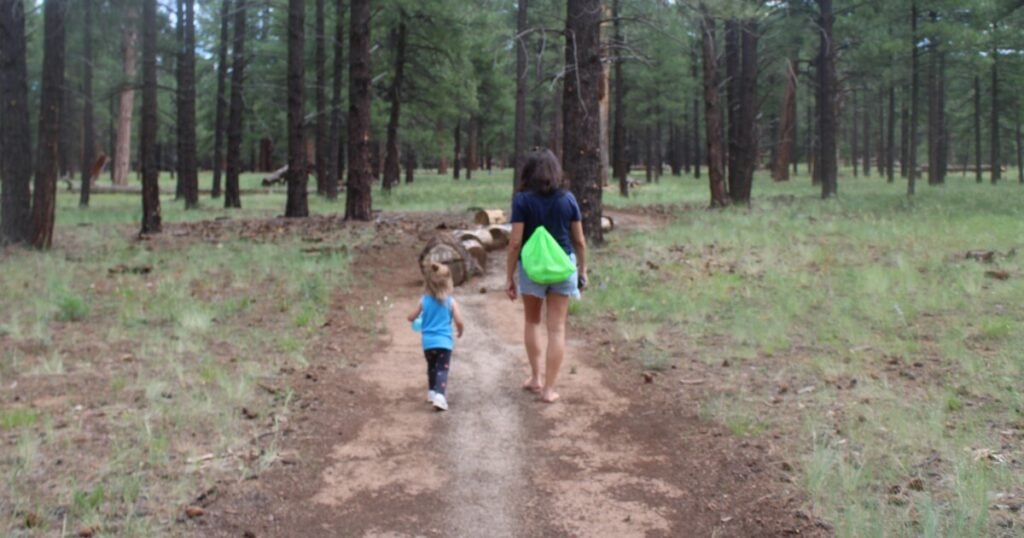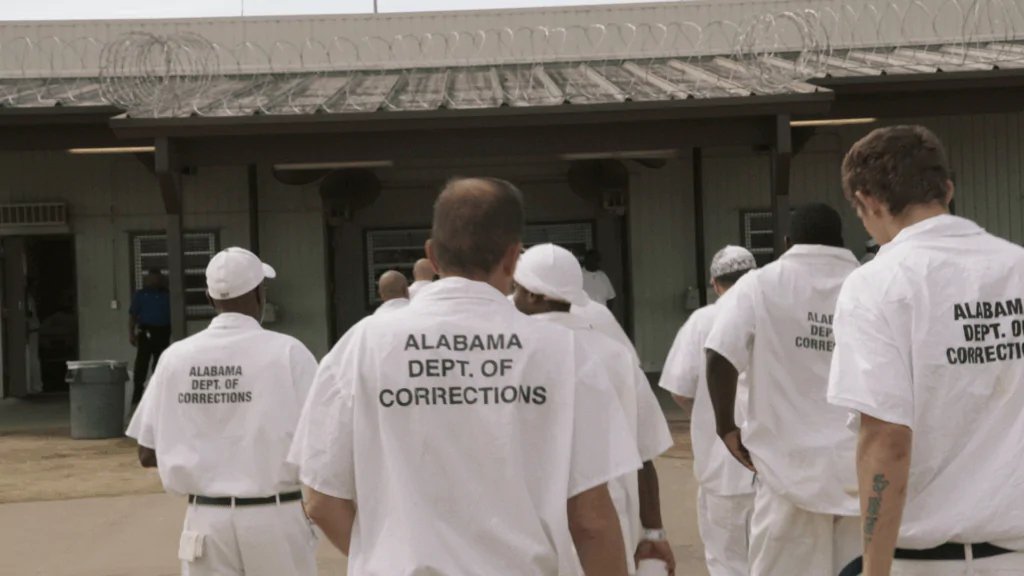The Barefoot Trail: A Unique Outdoor Experience
Leah Williams is the creator behind the Barefoot Trail, which she claims is the first “grounded” trail in the U.S., located near Flagstaff, Arizona.
If you haven’t heard about “grounding,” you’re not the only one. Williams mentions that it’s a concept that is more recognized in Europe and supposedly offers various health benefits. Plus, there’s the added bonus of simply being outdoors.
Understanding Grounding
Williams: Grounding is all about making direct contact with the earth, like walking barefoot on grass, sand, or even in water. By doing so, we can absorb the natural electrical energy from the Earth. It’s really about this energy exchange.
Gilger: So, it’s just about walking barefoot on various textures outside?
Williams: Exactly. We walk on surfaces like earth, grass, sand, and sometimes concrete, as long as it’s connected to the ground. Shoes and socks can get in the way; it’s really just skin touching natural elements like wood, dirt, and water. These interactions help facilitate the exchange of the Earth’s electric field with our bodies.
Gilger: Is it about finding balance? I’ve heard that concept in new age practices and things like reflexology.
Williams: Yes, you’ve nailed it. Grounding helps balance our energy. Engaging in grounding for 20 to 30 minutes daily can help restore our body’s natural electrical balance.
Leah’s Personal Journey
Gilger: Can you share your experience with this? How did you first discover grounding?
Williams: My first real experience was in a dedicated park in the Netherlands. My kids loved it after visiting Belgium on a field trip, so we all went as a family. It was an eye-opening moment for me, and I wondered why we don’t have more of these parks in the U.S.
Europe has over 70 parks dedicated to this, especially in Germany and some in Korea as well. Even Japan is catching on, so this idea isn’t just limited to one area.
Gilger: Tell me about the trail you’ve created near Flagstaff.
Williams: It’s the first designated park I know of. Spanning 13 acres of Ponderosa Pine Forest, there’s a mile of well-maintained trail. We’ve developed it thoughtfully, ensuring we clear away pine cones and rocks, creating spaces specifically for visitors to enjoy. We also have 35 different Adventure Stations and Activity Segments designed around reflexology—all for your feet to experience.
Personal Reflections
Gilger: When you first experienced this with your kids in Europe, what was your reaction?
Williams: I absolutely loved it! Growing up in Seattle, it reminded me of my childhood. My family moved from Germany in the ’50s, and I can vividly recall my grandfather and mother urging us to run barefoot. Being in that Belgian park felt nostalgic, like rediscovering child-like freedom through my feet.
There are around 200,000 nerve endings in our feet, and walking barefoot connects us to nature, sending signals to our brains about our surroundings. But when we’re in shoes, that connection is lost.
Gilger: That’s fascinating. I’ve heard it’s important for babies to be barefoot for development. You’re suggesting it’s beneficial for all ages?
Williams: Absolutely, it doesn’t matter your age. Especially for babies whose feet are still developing, many foot issues stem from wearing shoes.
Gilger: Have visitors described their experiences with this?
Williams: Yes, many people come for grounding, reflexology, and just the health benefits of being outdoors. It’s a way to unplug from technology, immerse in the forest, and enjoy what nature offers—like the scent of trees and the reduction of stress. Being outside in the forest brings happiness, and grounding is just one aspect of that overall experience.







